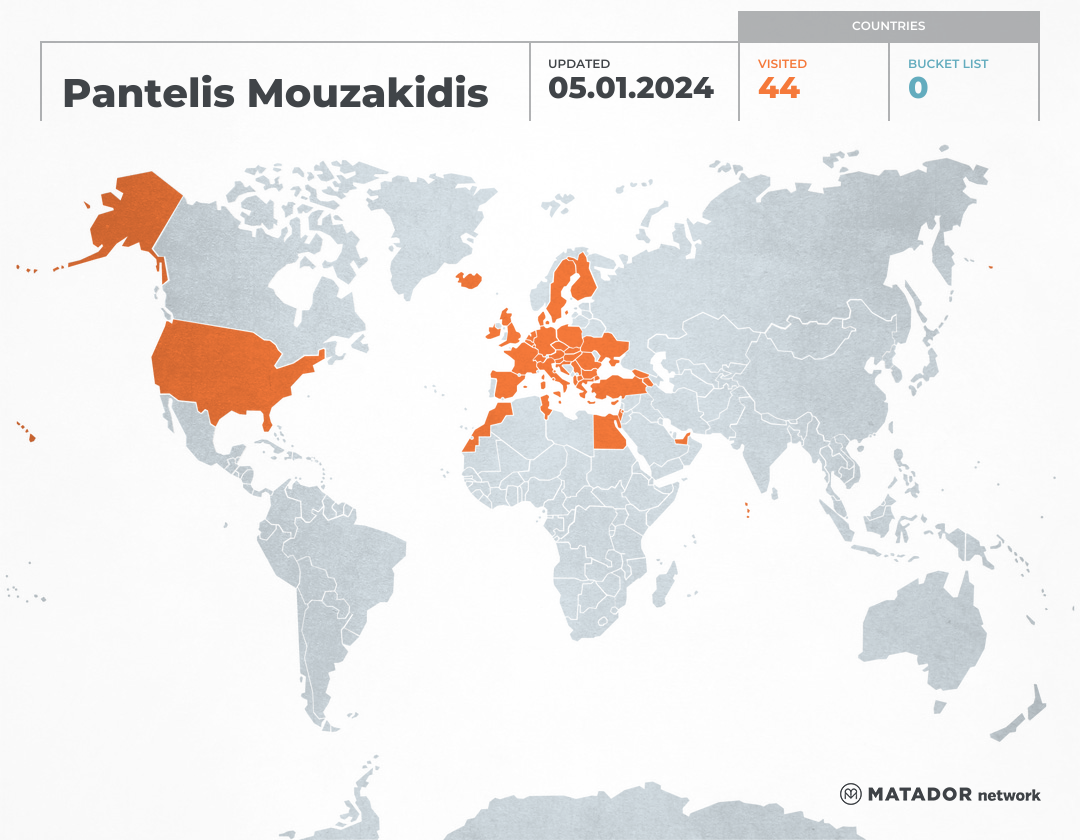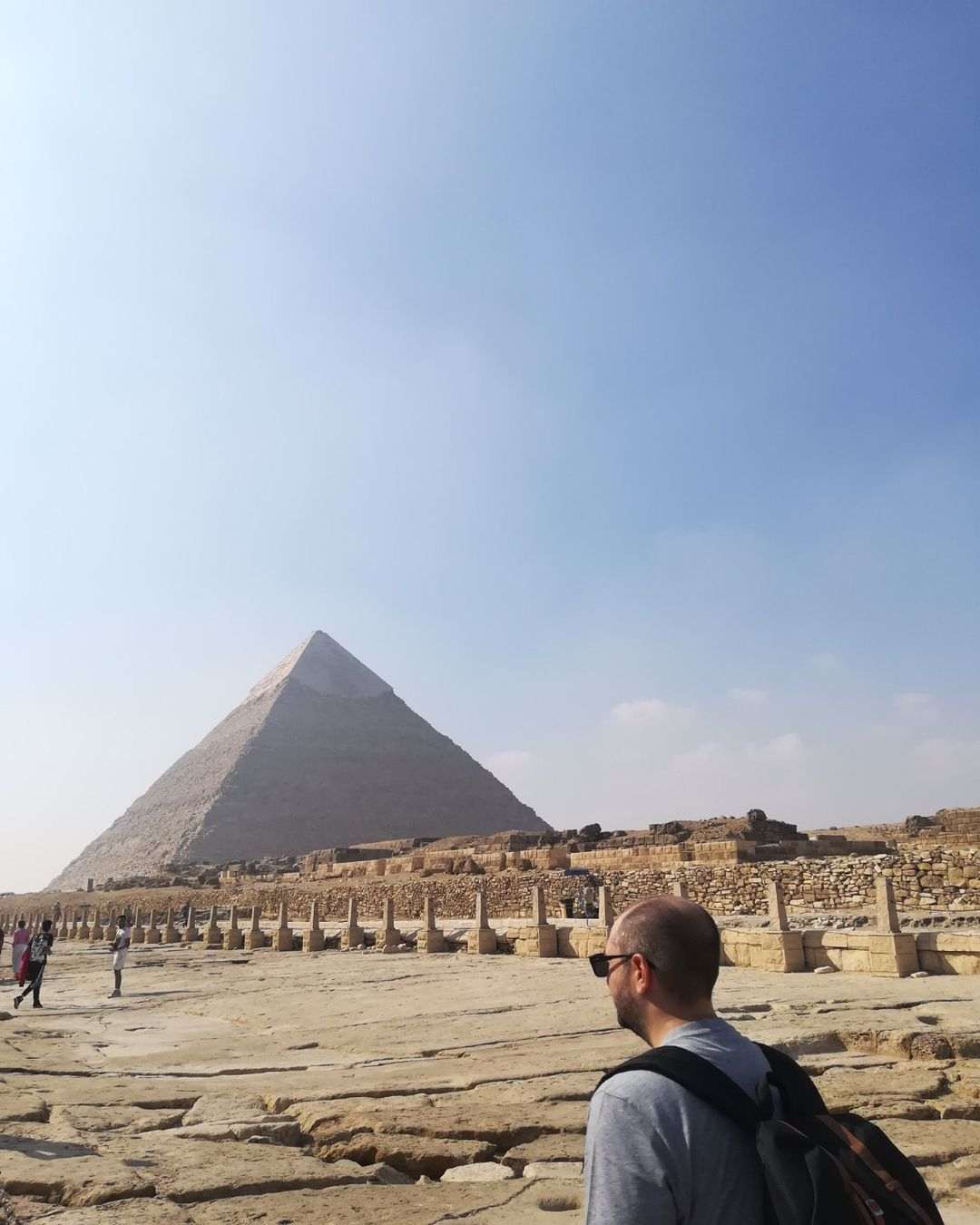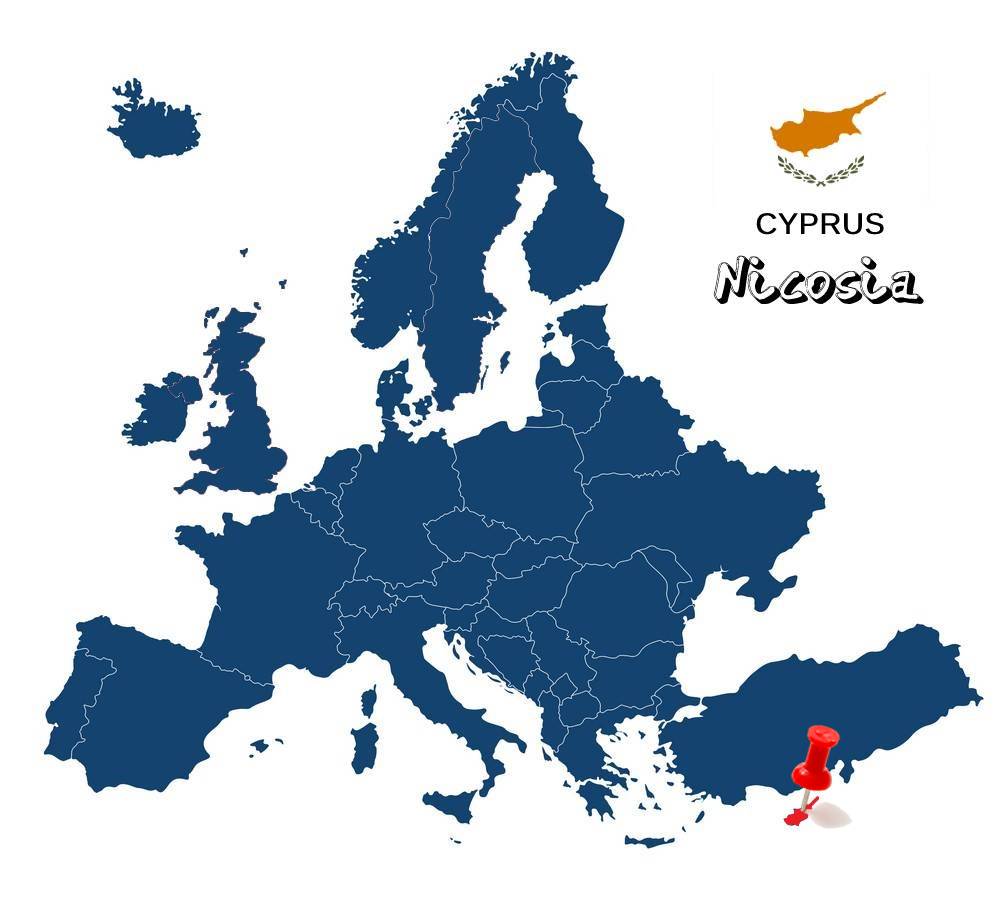
Nicosia is like no other capital in Europe. A city divided in half, still trying to recover. It looks like a large village, full of life, with impressive Ottoman and Venetian monuments, coffee, food, entertainment and a strange aura floating above it.
A few words about the city
Nicosia is the last divided capital of the world as well as the capital of the Greek Cypriot and Turkish Cypriot side of the island! It is the largest city in Cyprus with 55,014 inhabitants within the municipality and 330,000 in the wider metropolitan area. According to Greek mythology, Nicosia was a siren, one of the Daughters of Acheloos and Melpomene, and its name translates as "white substance". In ancient times Nicosia was known as a city-state called Ledra, while over the years it was occupied by the Franks, the Venetians, the Ottomans and the British, who left their marks on the city. After the tragic events of 1974, with the Turkish invasion of the town, Nicosia was divided in two and remains so until today. Of course, in recent years, the Greek Cypriot side of Nicosia is experiencing rapid growth, unlike the other side of the city. So I have chosen for you, what I consider to be worthy of attention for one who is visiting the city for the first time.
Green Line
The Green Line is essentially the border between free and occupied areas of the Republic of Cyprus. This dividing line was first established in 1963, and was established after the tragic events of 1974. It now extends over a length of 300 km. and separates the southern from the northern part of the island, while it is controlled by the men of the United Nations, who take care of maintaining normalcy in the area. Every street and alley of the Old Town will lead you there, where you will see a truly breathtaking picture. Streets, houses and neighborhoods literally cut in half; with time looking like it has stopped in the 60s! Barricades, walls of rusted barrels and sandbags, outposts, fluttering flags, old inscriptions, closed, dilapidated shops, parched trees and embankments. Since 2003, however, some of these roadblocks have been unilaterally opened, currently allowing the passage of Greek Cypriots and Turkish Cypriots on the other side of the Green Line!
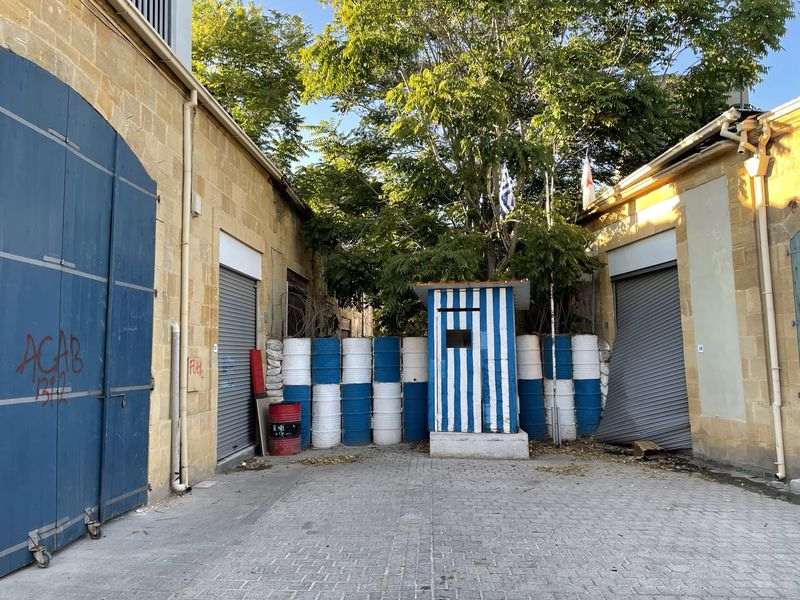
Ledra Street
Ledra Street is the most important commercial pedestrian street in Cyprus, where you will discover literally everything. It is about a kilometer long and there you will find all the major retail chains, as well as various local shops. In fact, this street is considered the most expensive in Cyprus, as the shops there have some of the highest real estate prices on the island! Plus, Ledra Street is very beautiful to walk on, since the colored kite-umbrellas that hang along its entire length, create a very special result.
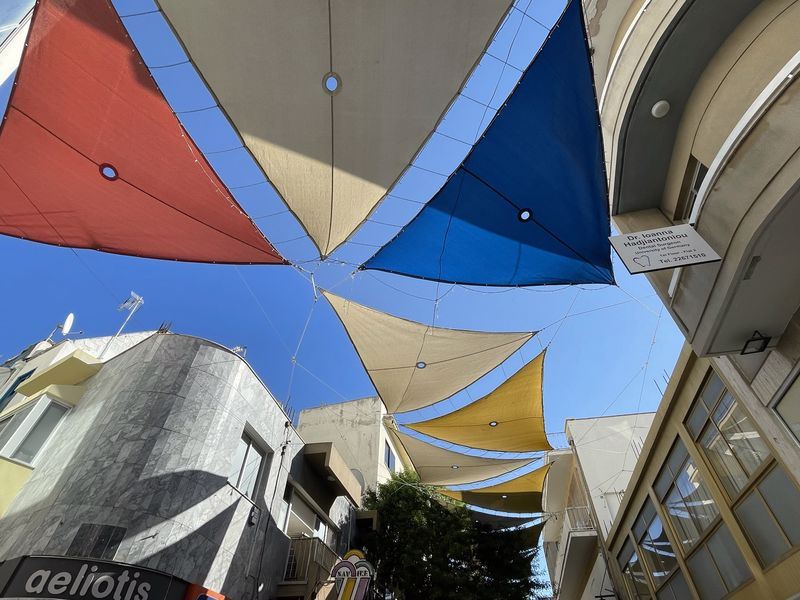
In a vertical alley of this pedestrian street, you will come across an open street art museum. I am referring, of course, to Pythonos Street, where along its entire length there are wonderful graffiti painted on the walls that are worth seeing up close!
Medieval Venetian Walls
One of the most important sights of the Cypriot capital is its Venetian walls. This defensive structure began to be built in the middle of the 16th century (1567) by the Venetians and covered the entire city at that time. The aim was to protect the city from floods and at the same time to help fill the protective ditch in the fortifications. Along the walls eleven bastions have the shape of a regular pentagon, with five of them currently in the free section, five in the occupied area and one in the UN zone.
In addition, three gates on the Venetian walls survive to this day and can be seen up close. The most important is the gate of Famagusta (Porta Giuliana), which led to the most significant port of the island, Famagusta. It was initially known as Porta Giuliana in honor of Giulio Savorgnano, the engineer who designed and erected the Venetian walls in the 16th century. The second gate is called Paphos Gate (Porta San Domenico), which as you will have already noticed led to Paphos. It was also known as the Gate of San Domenico because it replaced an older gate of the Frankish walls called the "Porta di San Domenico" from the nearby San Domenico Abbey. Ultimately, the last surviving gate is the Kyrenia gate (Porta del Proveditoro), which is located in the Turkish-occupied part of the city.
Holy Church of Panagia Faneromeni
The Church of Panagia Faneromeni is located in the historic center of the city and is the largest Orthodox Church in the Venetian walls of Nicosia, which dates from 1872-73. In the place where the present church is built, there used to be a monastery which was probably destroyed in 1571, when Nicosia was occupied by the Turks. According to tradition, the monastery was converted by the Turks into a mosque for a short time, but later, in 1715, according to a marble inscription, a new temple was built there, which was also destroyed. The present church was built in 1872 and is a church that follows the type of three-aisled Basilica with a dome. The reason for the dedication of the temple, to the Virgin Mary of Faneromeni, according to popular tradition, is due to the fact that the icon of the Virgin Mary appeared above the ruins of the church that had been destroyed. The icon dates to the 14th century and is currently kept within the sanctuary.
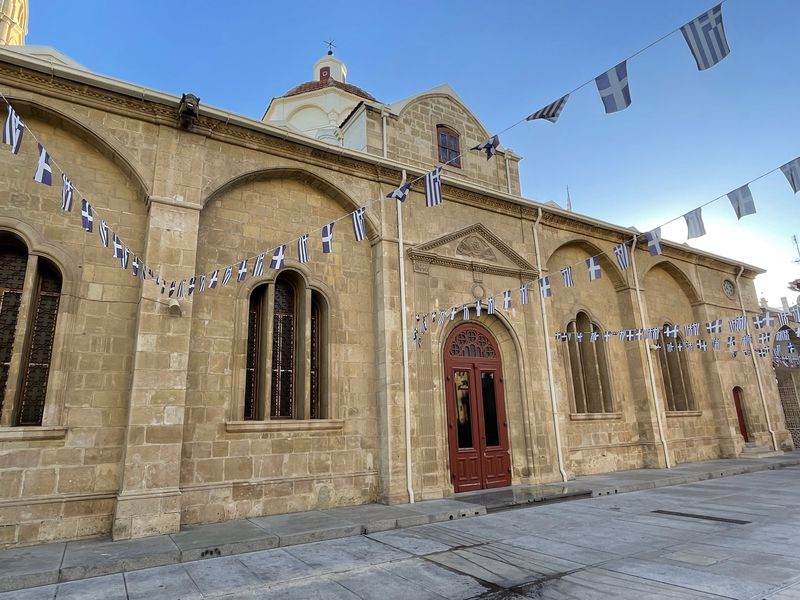
Archdiocese
The Archdiocese of Cyprus is located in the heart of the old town and is considered one of the most important buildings of the entire island. It is a relatively recent building, since the previous one was destroyed in June 1974 in an attempt to assassinate the president of Cyprus, Archbishop Makarios! It dominates the homonymous square and is built in Neo-Byzantine style, emitting wealth and magnificence! In addition, in the courtyard of the Archdiocese, there is a huge statue of him in memory of the aforementioned Archbishop. Unfortunately, the Archdiocese is not open to the public, but you can visit the Museum of National Contemporary Art, the Museum of Folk Art and the Archdiocesan Library located on the ground floor.
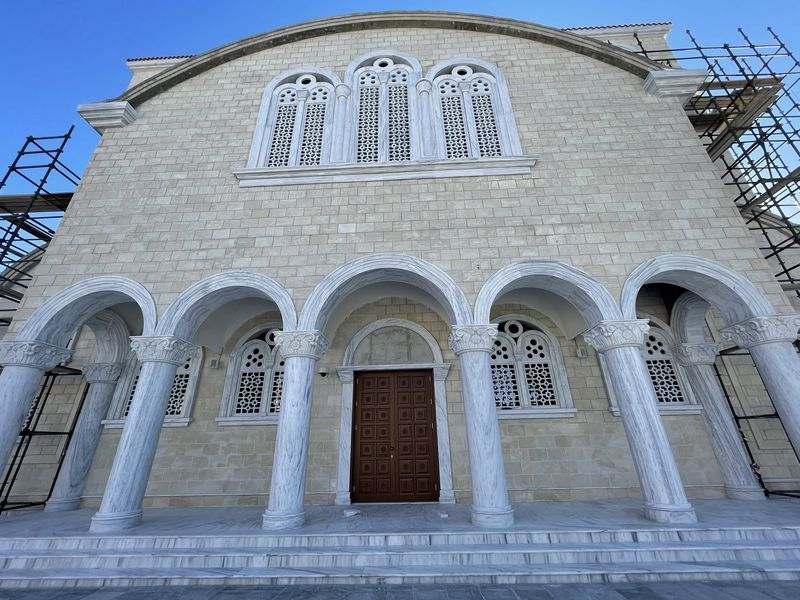
Omerye Mosque- Hammam Omerye
Omerye mosque is located within the Venetian walls of the old town and was originally constructed as the Augustan Church of the Virgin Mary. However, in 1571, Mustafa Pasha turned it into a Muslim mosque, as he considered that this particular spot was where the Prophet Omer rested during his visit to the city. Most of the original building was completely destroyed by Ottoman artillery, except for the door of the main entrance, which was salvaged. Beyond the aforementioned door, the rest of the building's architecture is simple, with heavy exterior facades and supports. Entrance to the mosque is free.
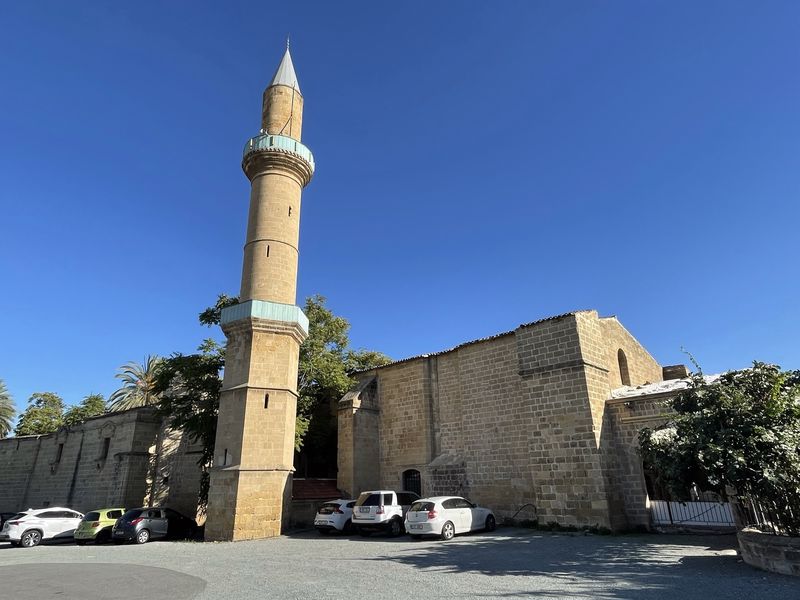
Just opposite, we find the Omerye Hammam which are a cultural gem and a true example of the rich culture and diversity of Cyprus. It is a stone masterpiece of the 14th century, which belonged to the complex of the homonymous mosque. In 2003, the European Union, in cooperation with the municipality of Nicosia, funded a program for the restoration of the Omerye Hammam, thus revitalizing its spirit while maintaining its historicity. The Omerye Hammam functions until today as a bath and spa.
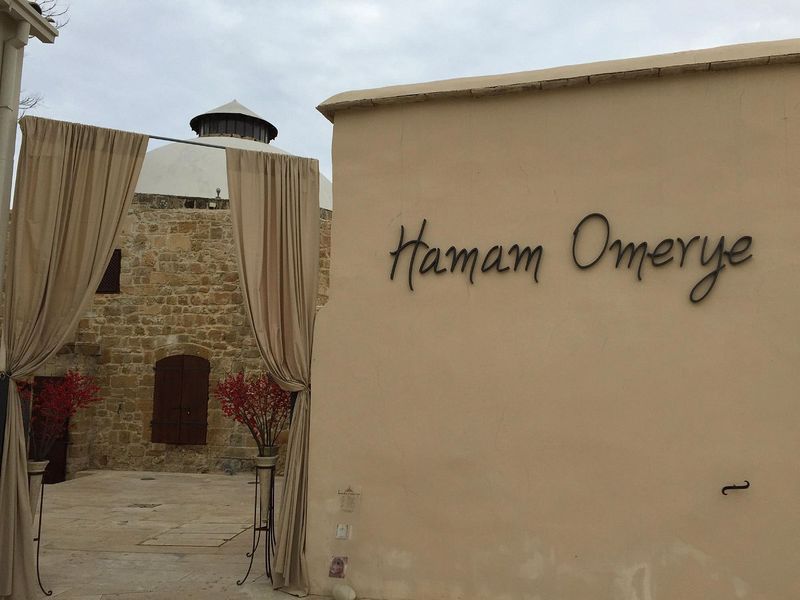
Freedom Monument
The Freedom Monument depicts fourteen prisoners who have been released from prison, 2 rebels released and the goddess of Freedom, who revolves around them. The statue was created in 1973 to symbolize Cyprus's struggle for independence from Britain and is located near the Pontokataro bastion of the Venetian walls, opposite the old aqueduct in the old town.
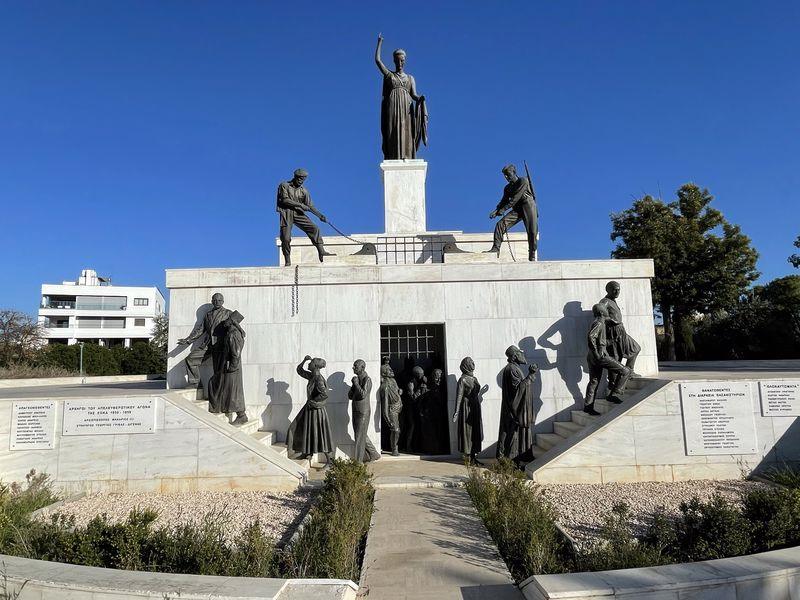
Freedom Square
The Freedom Square is the most central, most modern and the largest square in the whole of Nicosia. It is located at the point where at the end of the 19th century the first openings were made on the walls to connect the walled city with the outside developing areas and since then it has been the central gathering place of Citizens for any kind of occasion. Its original name was Metaxa Square, as a reference to the Greek military Ioannis Metaxas, but it was renamed Freedom Square in 1974, after a competition. The redevelopment of the square announced in 2005 is a great brake on the city, which can only be compared with the Thessaloniki metro. During the initial excavations archaeological finds were uncovered, which brought modifications to the original design and delays to the final result. The project is still in progress without being completed yet, which has upset the local community and caused a pile of grievances and discontent. Finally, in the square are, moreover, the Nicosia Town Hall and various other state buildings.
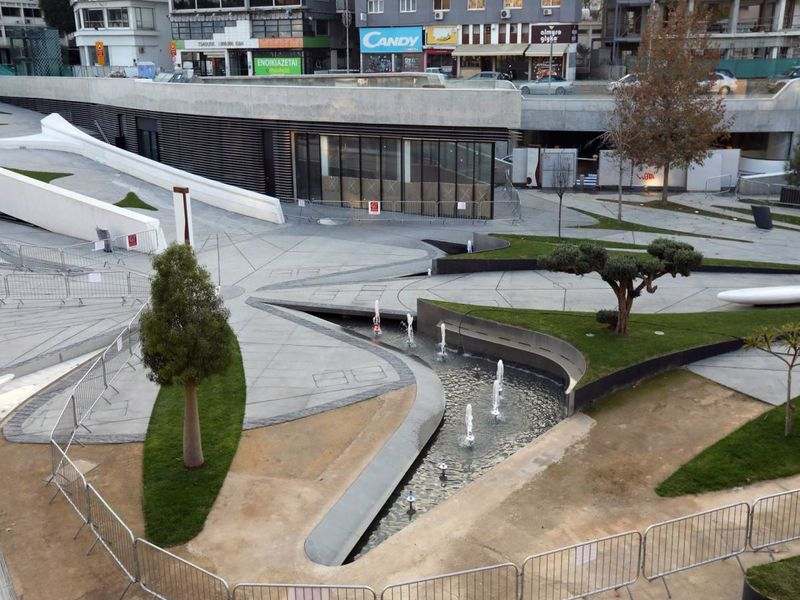
The museums
In Nicosia some art sites will attract your attention.In my opinion, it is worth starting from the Cyprus Museum, which is the oldest and largest archeology museum in Cyprus. It houses findings from the numerous excavations on the island and is located on Museum Street in the center of Nicosia. Of particular interest is the Leventeio Municipal Museum, housed in a stone-built neoclassical building near the parish of Trypiotis and hosts exhibits presenting the history and social development of Nicosia from the Chalcolithic period until today. Also, do not miss an appointment with folk art and tradition at the Ethnological Museum-House Hatzigeorgaki Kornesiou, where traditionally lived the rich celebrities of the Greek community and the Museum and Observatory of the Tower of Siakola, to admire the whole city from above! You can issue a ticket for all museums with 8.5e for one day, 17e for two days and 25e for seven days.
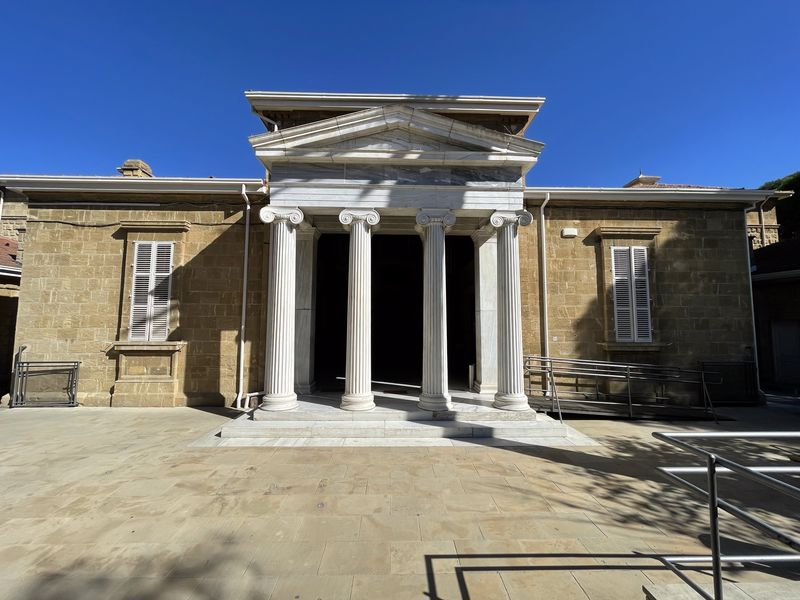
How to go
In Nicosia no airport is currently in operation, so to visit the city you must first go to another Cypriot town and from there to the capital of the island. The most economical and flexible option comes from Wizzair, which with proper planning can find tickets starting from 31€ round trip to nearby Larnaca! Cheap tickets to the same destination are also offered by Sky Express and Aegean. In addition, you can fly with Ryanair to Paphos for 37 € round trip and from there go to the city by bus.
Where to stay
In Nicosia, as in all of Cyprus, of course, accommodation is quite expensive. That's why I would suggest you be very careful with what you choose, as the value for money is usually not very good. My suggestion is to select something outside the old town, as the distances are relatively short. Therefore my choice is the Altius Boutique Hotel. This boutique hotel enjoys a peaceful location close to the center of Nicosia and offers elegant accommodation just a short walk from Prodromos Park.
How to move
The most important thing to know about transportation in Cyprus is that driving is done from the left, a remnant of English rule on the island. Hence if you want to rent a car, you should keep it in mind! Nicosia although the capital is a relatively small town, the center of which you can easily walk. Of course, Nicosia has several buses that cover the whole urban area and its suburbs, which all end at Solomos Square in its center. The ticket costs 1.5e and you get it from the driver. In addition, there are intercity buses for transportation from city to city with the ticket costing 4e, while you can issue a return at 7e. Finally, Uber operates throughout Cyprus, so you can use this app to call a taxi.
What to eat
Cypriot cuisine is relatively close to Greek and Turkish cuisine, while it has been influenced by those who passed through the island as well as its neighbors. Because of its fertile soil, Cyprus has a large crop of vegetables and fruits, which are among the best in Europe. As in Arabic, Turkish and Greek cuisine, “meze” is widespread in Cyprus. It is a set of snacks, with a considerable number of ingredients that can be made as a main dish. Some of the traditional products-dishes of Cyprus are the halloumi, the seftalies, the Koupepia, the Afelia, the Kolokasi, the Karaoloi yachni, the Ravioles, the Koupes, the Potatoes and the meat on the spit. For breakfast or brunch I recommend Mouson, for authentic Cypriot flavors Zanettos and Tsipouraki mezedaki, while for Armenian cuisine Avo armenian food.
Useful information

In Cyprus we travel with a passport or a new type of Police ID, where the details are indicated in Latin characters.
In Nicosia the language used is, of course, Greek. But most, if not all, are fluent in English as well.
The currency of the country is the euro.
Nicosia is has the same time as Greece (GMT +3).
The Greek Embassy in Nicosia is located on L Street. Byron 8-10 and her phone is (+357) 22445111.
Driving in Nicosia is done from the left.
The most proper period to visit Nicosia is either spring or autumn, as in the summer months the heat is sultry.
Recommended Excursions → Limassol, Larnaca, Paphos

If this article seemed interesting or contributed to your quality information, then you can like my facebook page: o_thessalonikios or follow me on instagram!
Mouzakidis Pantelis





